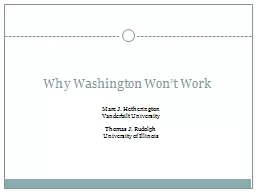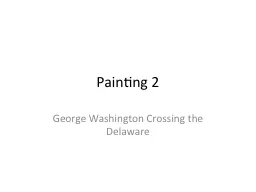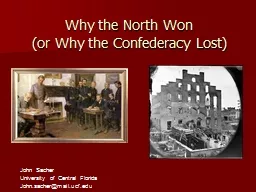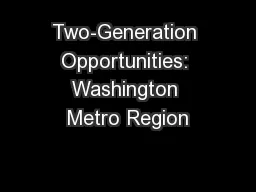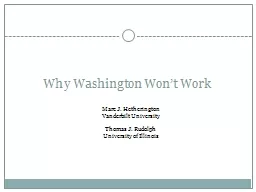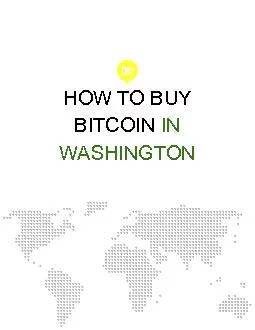PPT-Why Washington Won’t Work
Author : pasty-toler | Published Date : 2016-10-06
Marc J Hetherington Vanderbilt University Thomas J Rudolph University of Illinois The Electoral Map in 2000 in 2004 in 2012 Challenging the Conventional Wisdom
Presentation Embed Code
Download Presentation
Download Presentation The PPT/PDF document "Why Washington Won’t Work" is the property of its rightful owner. Permission is granted to download and print the materials on this website for personal, non-commercial use only, and to display it on your personal computer provided you do not modify the materials and that you retain all copyright notices contained in the materials. By downloading content from our website, you accept the terms of this agreement.
Why Washington Won’t Work: Transcript
Download Rules Of Document
"Why Washington Won’t Work"The content belongs to its owner. You may download and print it for personal use, without modification, and keep all copyright notices. By downloading, you agree to these terms.
Related Documents

